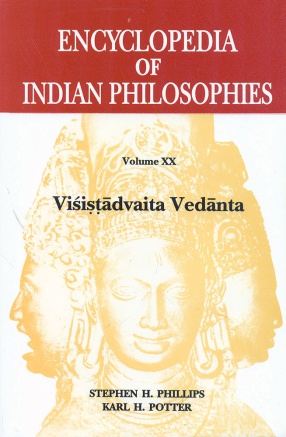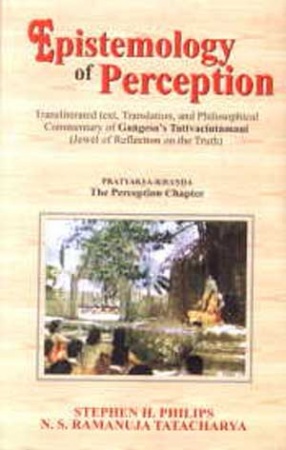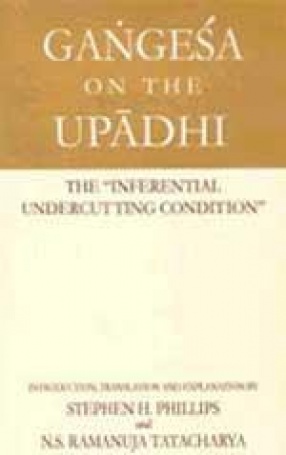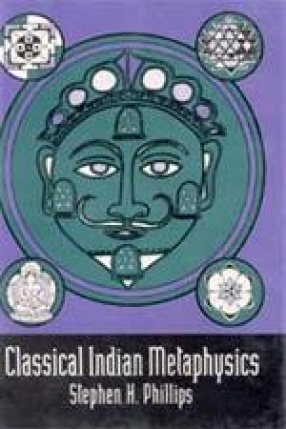
Showing all 4 books

Visistadvaita Vedanta is commonly misunderstood as a modification of Advaita Vedanta, a later, derivative interpretation of Vedantic literature. The truth isñas argued by Georg Thibaut in his introduction to his English translation of the commentary of Samkara, the Advaitin, on the Brahmasutrañthat the commentary by the Visistadvaitin, Ramanuja, although about two centuries later, more accurately renders the meaning of the earlier sutras in those ...

The Tattvacintamani, or Jewel of reflection on the Truth (about epistemology), is the sole composition left us by the great fourteenth century Indian logician Gangesa Upadhyaya. With this foundational text Gangesa solidified the "New" (navya) phase of the long-running school of epistemology and metaphysics known in India as nyaya. The present work is a translation of the perception chapter (Pratyaksa-khanda) of this important text. The authors have ...

This book presents a readable translation and philosophic commentary on a crucial and difficult text of Navya Nyaya and classical Indian logic. The inferential undercutter's significance is explained within the context of Nyaya's theory of knowledge, which had wide influence in the late classical culture, from philosophy to jurisprudence and aesthetics. Gangesa, the commonly recognized founder of "New Logic," is shown here to be an epistemologist and ...

This book opens the door, for all lovers of philosophy, to the latest and most sophisticated discussions of classical Indian thought. Classical Indian Metaphysics has been designed so that it can be read by the student who knows littele about classical Indian traditions, as well as the specialist in Indian Philosophy. Classical Indian Metanphysics is an introduction to classical Indian metahysics in general, with a special focus on new Logicand its responses to ...
